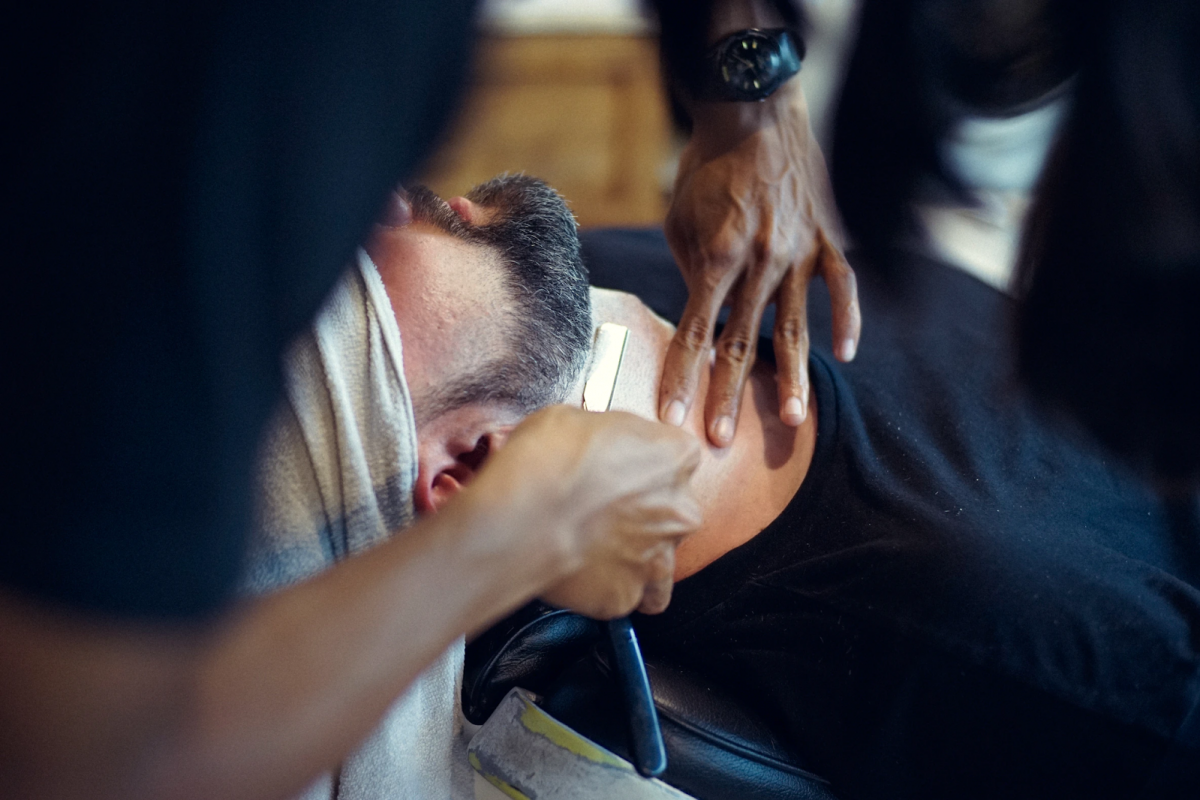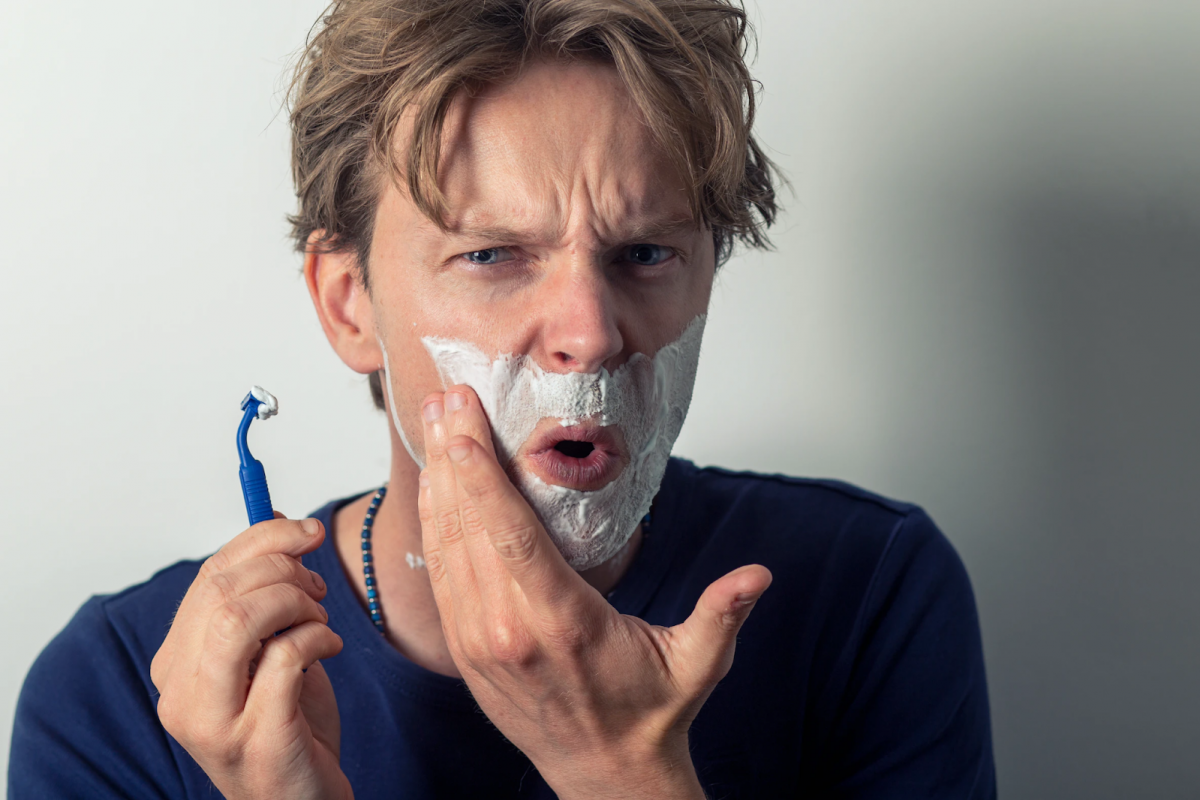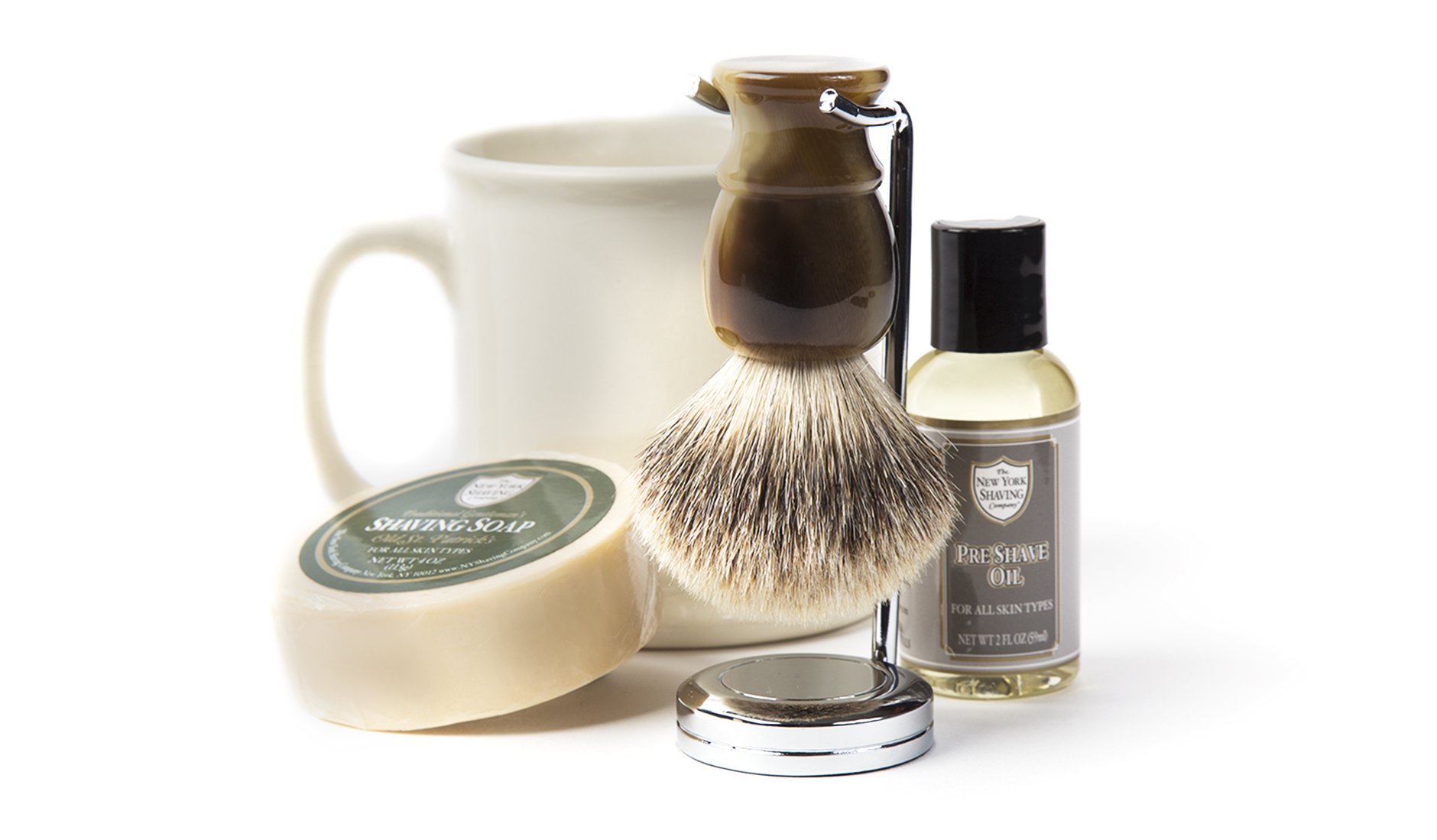Believe it or not, dealing with ingrown hair is a lot more common than you might think. In fact, anyone who shaves regularly is prone to developing ingrown hair, and this includes women too. For men, however, the issue can be worse as many of us need a close shave every day. Additionally, while women can conceal ingrown hair on their legs, men carry them on their chin. In other words, it becomes an unsightly and embarrassing problem.
Ingrown hair can be painful and make it tough to get a smooth and irritation-free shave. But, first of all, you want to understand the underlying cause behind ingrown hair.
Essentially, ingrown hair occurs when the hair curls back or grows sideways into the skin, instead of rising up from it. They tend to appear as red, inflamed bumps, and can be accompanied by discomfort, itching, or even acne. Where do these come from? They are typically the result of improper shaving, yet, this may not have anything to do with your techniques. For instance, your razor may not be suited to your face or skin. Ingrown hair can also be a genetic issue, linked to your hair or skin type.
Don’t let it get to you, though. Even when you are genetically prone to ingrown hair, there are easy and safe ways to heal your skin and get rid of this discomfort for good.

Upgrade your razor
Frankly, this one is a no-brainer. However, if you’ve tried switching to a new razor in the past with no result, it’s now time to try a straight razor. Don’t be fooled. Straight razors may seem old-fashioned, but they are much better for those who need a close shave.
Straight razor blades are extremely sharp, which means they are the best tool to provide a clean shave without tugging on the skin. In other words, there is less room for irritation and fewer risks of developing ingrown hair. This has to do with the angle the blade cuts the hair, which is completely different from your typical disposal 3- or 4-blade razor or even the electric razor head. Because you need to hold the razor at a much shallower angle, there’s limited pressure on the skin, and that is why you can feel more confident about your shave.
Exfoliate like a pro
Wait a minute, isn’t exfoliating just for a glowing skin? How is it going to treat my ingrown hair?
Not so fast, my friend. Exfoliating serves a clear purpose. It helps remove the dead skin cells, which means that there is nothing standing in the way of your hair growth. Shaving regularly forces your skin to heal itself quickly between every shave. Every man has experienced a few micro cuts when they shave. Do you remember the straight blade tip? This will also help prevent cuts, even though a straight blade shave might seem more dangerous at first. Don’t believe your instinct. Straight razors will cause less cuts, and therefore less healing is required. As a result, you are also less likely to accumulate skin cells on top of micro cuts.

That being said, if you have sensitive skin, dead skin cells and micro particles of dirt may still block the path for hair and lead to ingrown hair. We recommend using an exfoliant. There are two types of exfoliant, namely the physical scrub which is great against dead skin cells, and the chemical exfoliant which can tackle ingrown hair acne. For better results, you may want to add CBD to your skincare routine. It can work wonders against breakouts and irritation, which are prone to appear around ingrown hair.
Moisturize
It’s no secret that moisturizing is good for your skin. But it is also good for your hair. For a start, you want to hydrate your skin after exfoliating. Pairing shaving with a good face moisturizer will also make it easier to shave in the future as it makes your skin and hair supple. Don’t skip this step in your shaving journey, it will be crucial in the fight against ingrown hair.
Give your skin a rest
Do you need a close shave every single day? If you work from home, you can give yourself the right to attend remote meetings without shaving. Similarly, you can let your beard grow over the weekend before shaving again on Monday. This can give existing bumps enough time to resolve themselves before your next shave. It is also important to let your skin heal, especially if you have sensitive skin prone to irritation and ingrown hair.
If your ingrown hair problem is persistent and doesn’t reduce over time despite your new skincare regime, it can be helpful to reach out to a dermatology clinic. A skincare specialist could recommend professional products that are designed for your skin.


